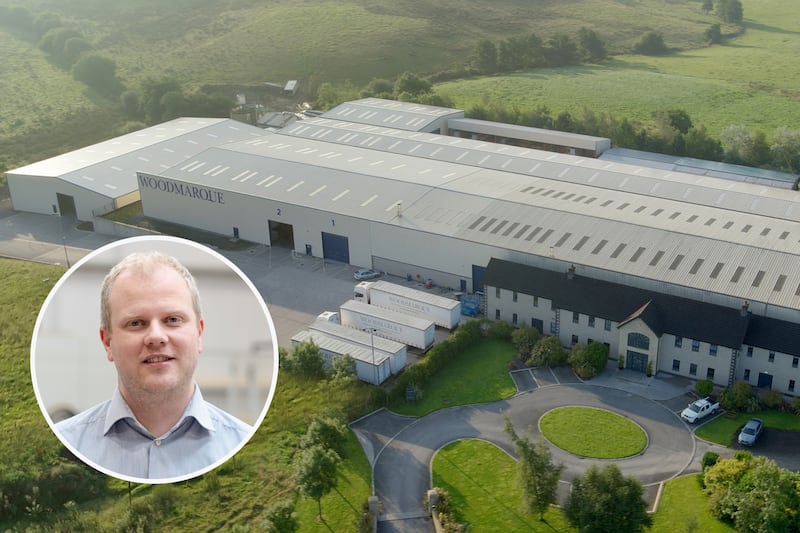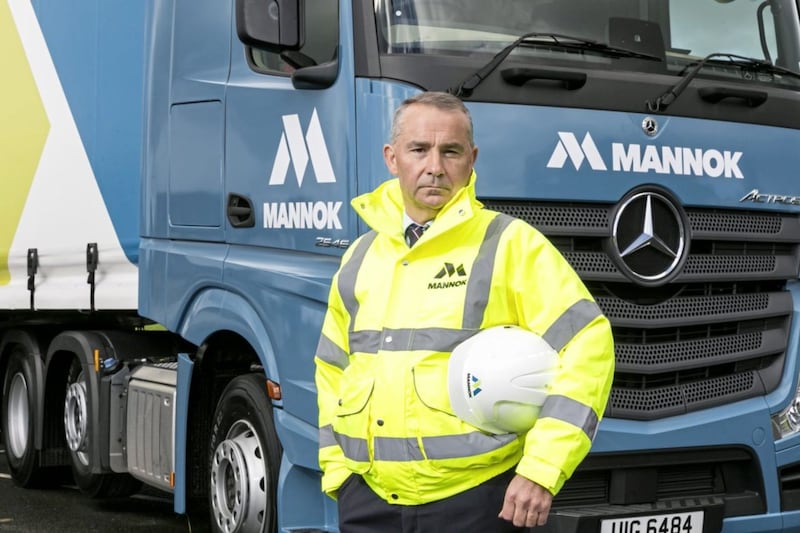Stop 100 people on the street and ask them what they believe the big contributors to the local economy are, and it’s likely that few will pick out the manufacturing sector.
That’s understandable. The sight of 30,000 men walking to the shipyard, or hundreds of women answering the call of Derry’s shirt factory horns, no longer exists.
But the evidence proves otherwise, and it is one reason why KMPG, CPL, Invest NI, Mills Selig, Smart Manufacturing Data Hub, Barclays and Reliance Automation have joined with Manufacturing NI to use the month of May to shine a light on our extraordinary makers.
Since 2010, some 21% more people have become employed in manufacturing. The sector currently employs 250,000 people, meaning that more than one in four families across the north are dependent on a manufacturing wage.
More than £2.9 billion is spent on wages to its own staff, and a further £3.2 billion is paid in wages to supported jobs by the manufacturing sector.
At just over £6 billion, the second largest contributor, manufacturing accounts for 13.4% of Northern Ireland’s economic output compared to a UK figure of 9.8%. And while it represents just 6% of the north’s total private sector business population, it contributes 21% of turnover.
Our industry is overwhelmingly made up of local entrepreneurs, supporting wages to hard working families in every urban and rural area. Some 96% are SMEs - and they’re almost exclusively home-grown.
Manufacturing also accounts for almost half of external sales (£13.7bn) and more than half (£6.8bn) in export sales and delivers the largest trade balance across all local industries by a considerable margin (£3bn in 2022). It’s obvious that manufacturing in Northern Ireland punches well above its weight.
But there are areas for concern.
Manufacturing input costs are higher, particularly energy and transportation, compared to competitors in the UK and Ireland.
There has been a notable increase in employment costs as a share of turnover, up from 13% in 2008 to 20% in 2021. Employment costs are a considerable higher share of turnover for our manufacturers compared to other UK nations.
Also, with labour in short supply, and the need to invest to drive productivity and decarbonise, current uncertainty over essential policy levers such as industrial derating is having a chilling effect on manufacturing, particularly when borrowing to invest is unaffordable.
Our post-Brexit arrangement offers a dual market advantage exclusively for our domestically produced goods, aligning with the economic objectives of our Economy Minister: the creation of good jobs distributed across regions, a goal already being delivered by the sector.
However, to attain his productivity and net zero ambitions, we require long-term policy stability and the support of his agencies to invest in technology.
- Stephen Kelly is chief executive of Manufacturing NI







